Selecting the correct drysuit is the first step toward staying dry and comfortable during water immersion activities. Selecting the proper undergarment(s) is equally important.
Select your undergarments to meet the thermal protection you will need, considering the cold and water exposure conditions, your metabolic output, how long you will be exposed, the amount of exertion you will do, and any other relevant factors. Your undergarments should conform as closely as practical to your body, to reduce any unwanted buoyancy and bulk.
Choose and layer your undergarments and accessories to create your own thermal protection systems, and you will stay warm and dry in all water immersion activities, from surface water use, to warm water diving, to ice diving!

Single Layer Jumpsuit With Dropseat
DU-SJ

Double Layer Jumpsuit, No Dropseat
DU-SJ2
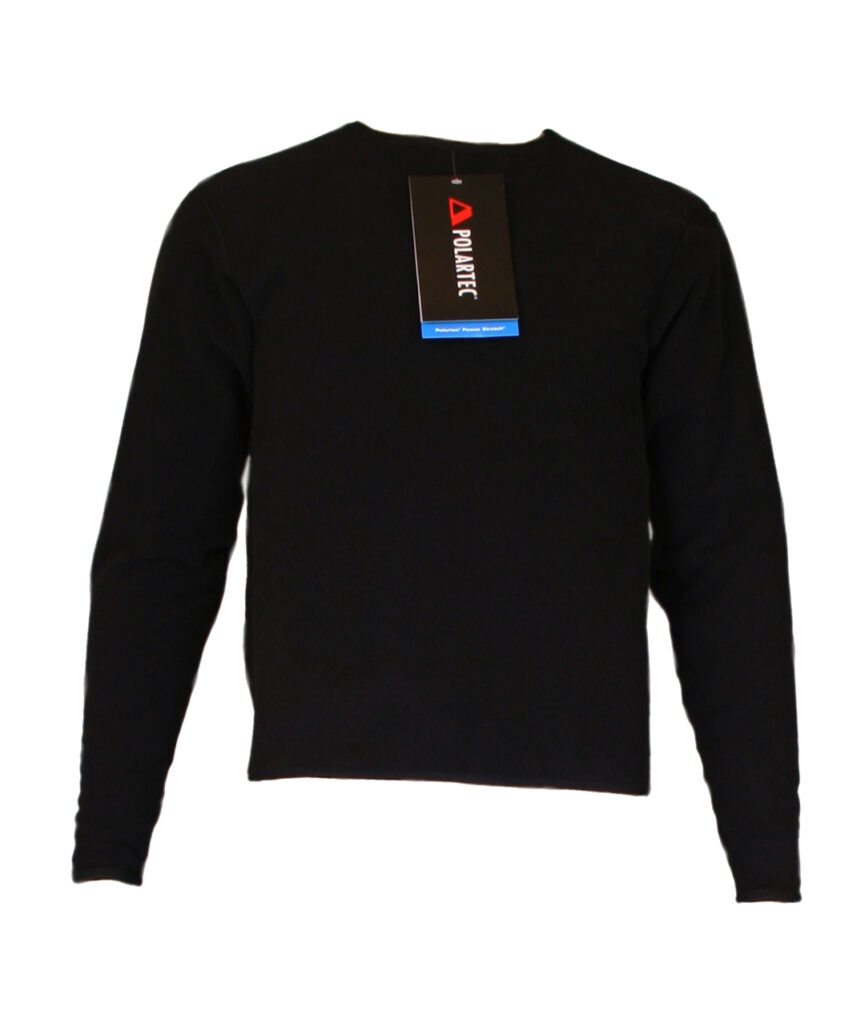
Single Layer Long Sleeve Top
DU-ST
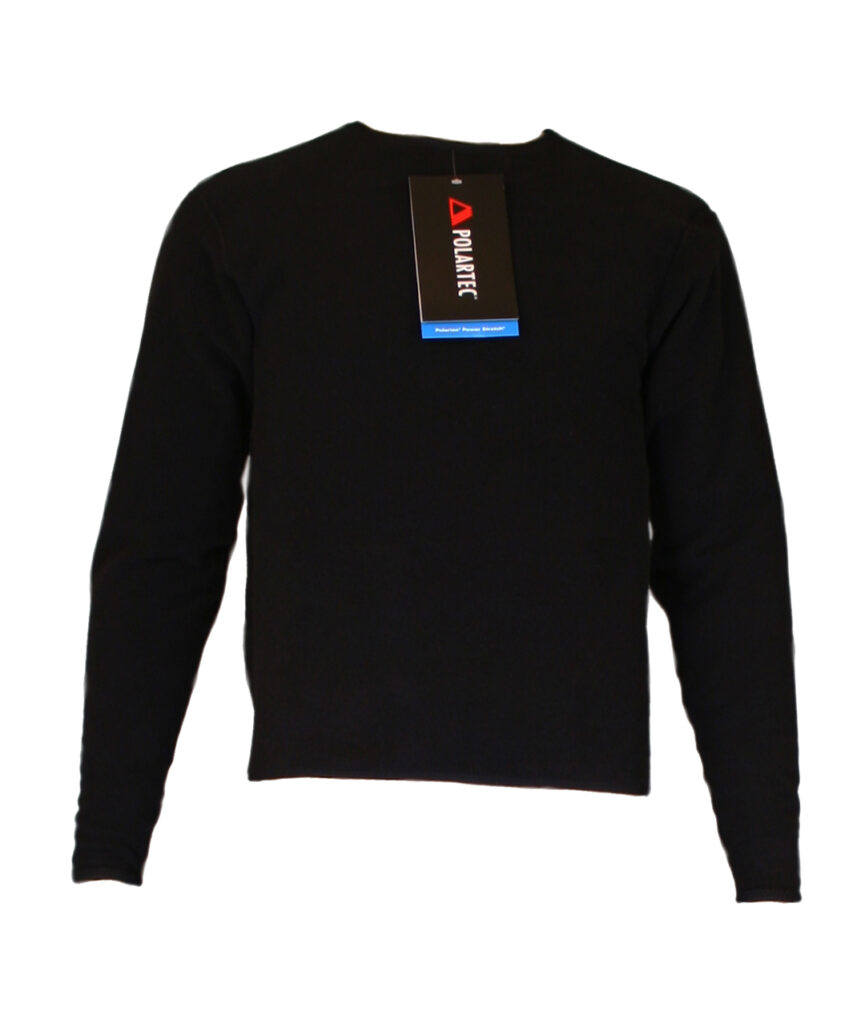
Double Layer Long Sleeve Top
DU-ST2

Single Layer Vest
DU-SV

Double Layer Vest
DU-SV2
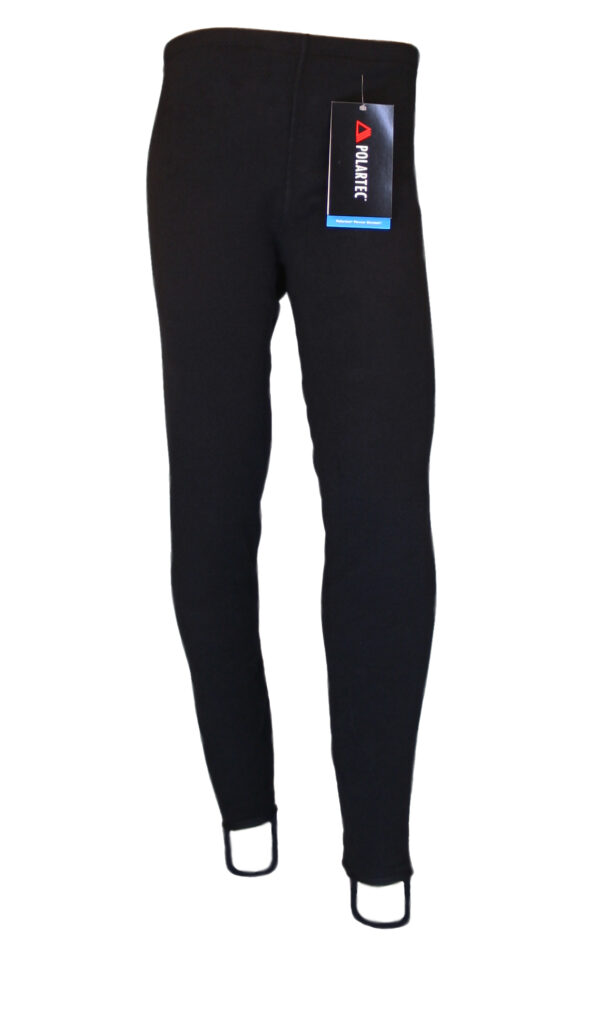
Single Layer Pants
DU-SP
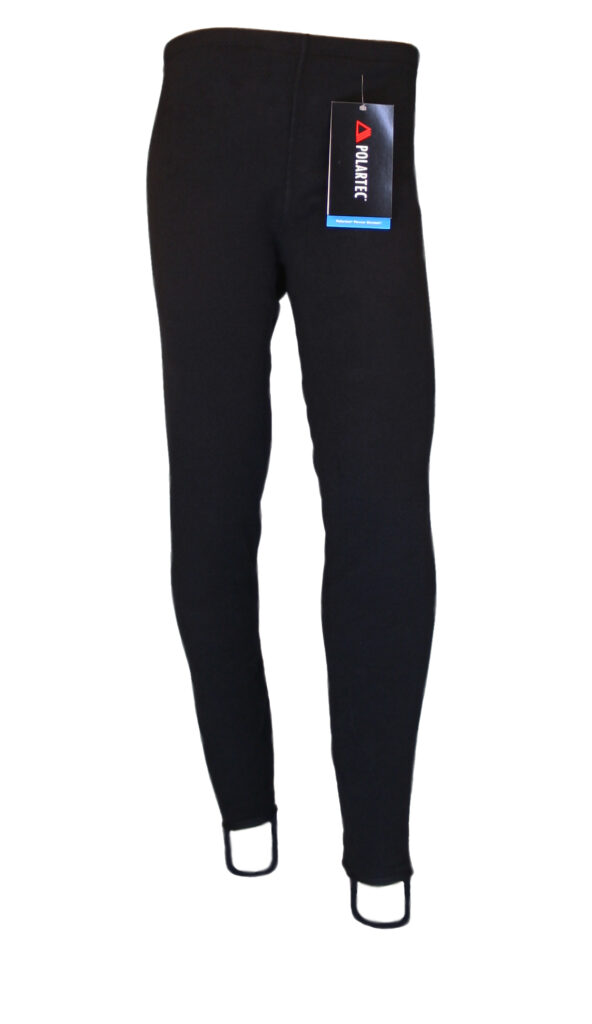
Double Layer Pants
DU-SP2
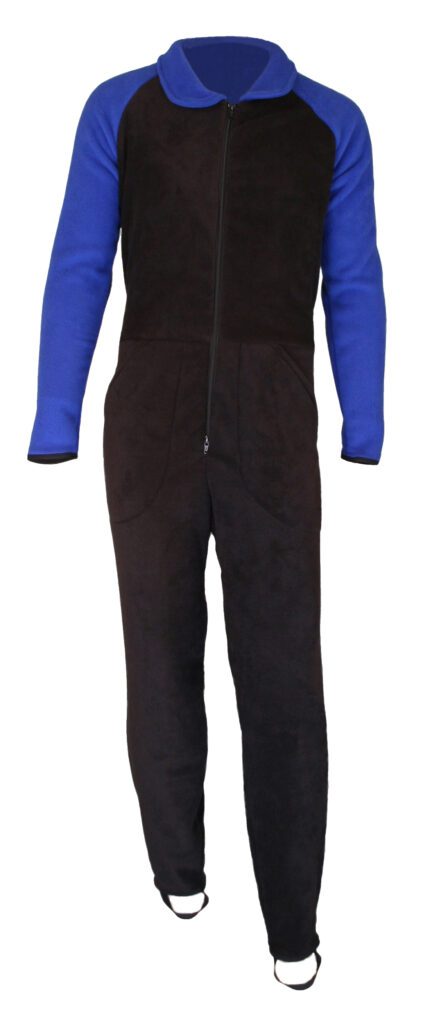
Single Layer Jumpsuit
DU-J

Your fabric drysuit, whether breathable or non-breathable, keeps you dry by preventing the outside water from intruding when you are immersed. The layer of air that is encapsulated inside the drysuit is warmed by your body heat. The undergarments that you wear inside your drysuit hold the air and prevent the outside water from squeezing the drysuit fabric against your skin, thus creating the thermal insulation.
The more you move around and exert yourself, the more heat your body will generate, keeping you warmer. At some point, the activities you do will cause your body to overheat, and you will sweat. When you sweat, the water molecules on your skin evaporate, becoming water vapor. This allows your body to cool down and be comfortable. However, when these water vapor molecules leave your body, they will soon cool down and condense back into liquid water. If the resulting liquid water remains in contact with your skin, you will quickly feel clammy and become chilled.
Each fabric drysuit user needs to manage potential moisture build up inside the drysuit by transporting the water vapor away from your body, to the outside of your undergarments. This transportation of moisture away from your body, through your undergarments, is commonly called “wicking”.
If your drysuit fabric is “breathable”, the water vapor will be transported from your undergarments, through the fabric, out to the outside “face” of the fabric, where it will evaporate.
All of your undergarment(s) should be made from fabrics that are consistent with this Moisture Transport System. Most synthetic fabrics, polyester, nylon, and polypropylene, do not absorb water vapor, and do facilitate Moisture Transportation. Do not wear any cotton or wool layers. These fabrics, especially cotton, while effective in other uses, will absorb and hold water, preventing proper moisture transportation.
Polyester fabrics are comfortable, are easy care, have reduced odor contamination, and are very effective at moisture transportation. They are preferred as the wicking thermal insulation layers.
Select your undergarments to meet the thermal protection you will need, considering the cold and water exposure conditions, your metabolic output, how long you will be exposed, the amount of exertion you will do, and any other relevant factors. Your undergarments should conform as closely as practical to your body, to reduce any unwanted buoyancy and bulk.
Choose and layer your undergarments and accessories to create your own thermal protection systems, and you will stay warm and dry in all water immersion activities, from surface water use, to warm water diving, to ice diving!
Copyright © 2022. O.S. SYSTEMS, INCORPORATED. All rights reserved.